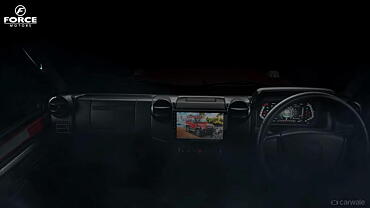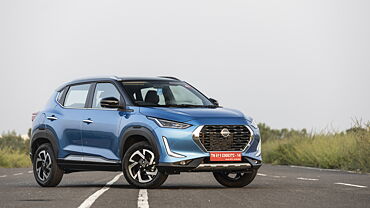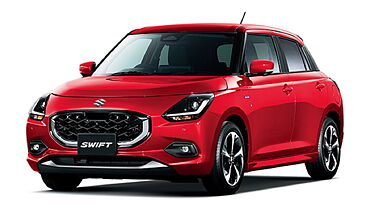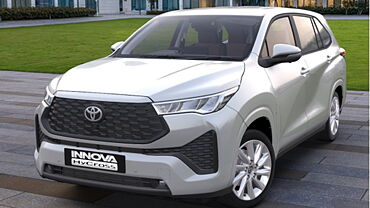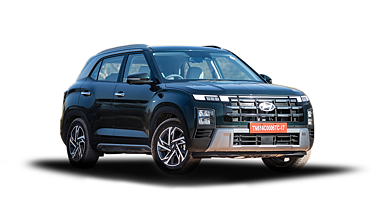Along with evolution of all other automobile parts, headlights too have come a long way from being just low and high beamed bulbs. The new sophisticated headlights technologies promise greater reach, brighter light, and ability to spot animals and pedestrians over road in very short amount of time. To make the classification and dynamics of car headlight types and bulbs we are presenting here a short guide on car headlight technology. Let’s take a small tour through it.

-
Adaptive Headlights: This type of car headlight illuminates the corners as the beams travel in coordination with steering movement. These are most beneficial for night time driving and have some added costs.
-
HID: Also known as the High-Intensity Discharge car headlights bulbs use heated filament in place of gas. This results in less heat and extended life of headlamps. However, these are little costlier in terms of replacement and always need a transformer which demands very expensive maintenance.
-
LED: One of the trendiest headlights that are being adorned by almost every new car these days. These have numerous benefits over the regular headlights. These are compact in size, consume less energy, and have a relatively longer life. Their strong like configuration gives scope for loads of new designs. The only disadvantage is that replacement of these type of car headlights may cost hundreds and thousands of bucks to the car owner.
-
Laser: One of the most advanced headlight technology; laser headlights have straight long-range beams that reach double distance then the regular ones. The normal length of beams is 2, 000 feet.
-
LED Adaptive Car Headlights: This one includes pros of all the previously mentioned headlights. Adaptive LED lights utilize a matrix of single LEDs that switch on and off automatically depending upon the destination where car is headed to. These have special sensors that can sense the roads. This type of lights has high beam-like balanced illumination which doesn’t blind the other driver coming from opposite direction.
-
Night Vision: There are some BMW and Audi cars that utilize sensors and infrared cameras for detecting pedestrians and other living beings from a far distance. They relay the images on the screen of the car that start enlarging the images as they come closer. The technology is in its initial phase, but a lot of scope is predicted in its future applications.



